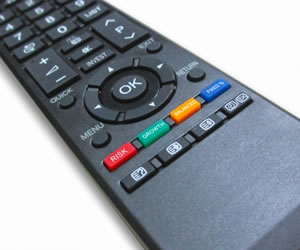Neuropathy is diagnosed on the basis of symptoms and a physical exam. During the exam, the doctor may check blood pressure and heart rate, muscle strength, reflexes, and sensitivity to position, vibration, temperature, or a light touch.
The doctor may also do other tests to help determine the type and extent of nerve damage.
- A comprehensive foot exam assesses skin, circulation, and sensation. The test can be done during a routine office visit. To assess protective sensation or feeling in the foot, a nylon monofilament (similar to a bristle on a hairbrush) attached to a wand is used to touch the foot. Those who cannot sense pressure from the monofilament have lost protective sensation and are at risk for developing foot sores that may not heal properly. Other tests include checking reflexes and assessing vibration perception, which is more sensitive than touch pressure.
- Nerve conduction studies check the transmission of electrical current through a nerve. With this test, an image of the nerve conducting an electrical signal is projected onto a screen. Nerve impulses that seem slower or weaker than usual indicate possible damage. This test allows the doctor to assess the condition of all the nerves in the arms and legs.
- Electromyography (EMG) shows how well muscles respond to electrical signals transmitted by nearby nerves. The electrical activity of the muscle is displayed on a screen. A response that is slower or weaker than usual suggests damage to the nerve or muscle. This test is often done at the same time as nerve conduction studies.
- Quantitative sensory testing (QST) uses the response to stimuli, such as pressure, vibration, and temperature, to check for neuropathy. QST is increasingly used to recognize sensation loss and excessive irritability of nerves.
- A check of heart rate variability shows how the heart responds to deep breathing and to changes in blood pressure and posture.
- Ultrasound uses sound waves to produce an image of internal organs. An ultrasound of the bladder and other parts of the urinary tract, for example, can show how these organs preserve a normal structure and whether the bladder empties completely after urination.
- Nerve or skin biopsy involves removing a sample of nerve or skin tissue for examination by microscope. This test is most often used in research settings.
NIDDK/NIH









